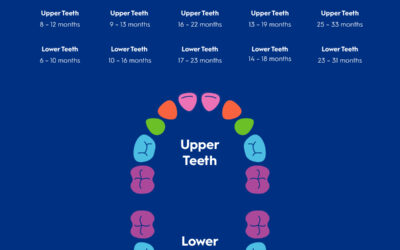A dental abscess is a serious and potentially dangerous condition that requires immediate attention. It involves the formation of a pocket of pus caused by a bacterial infection, usually located at the root of a tooth or in the surrounding gums. In this article, we will delve into the various aspects of a tooth abscess, including its causes, symptoms, treatment options, and the potential complications if left untreated.
What is a Tooth Abscess?
Answer: A tooth abscess, also known as a dental abscess, is an infection that results in a pus-filled pocket within a tooth, the gums, or the bone that holds the teeth in place. This infection is typically the result of untreated dental cavities, periodontal disease, or a cracked tooth that allows bacteria to enter the inner parts of the tooth. The most common types of dental abscesses are:
- Periapical Abscess: This occurs at the tip of the root of a tooth and is usually caused by untreated cavities.
- Periodontal Abscess: This occurs in the gums next to a tooth root and is often caused by severe gum disease.
Dental Abscess Drainage
Drainage of a dental abscess is a critical part of the treatment process. It involves the following steps:
- Incision and Drainage: The dentist makes a small cut in the abscess to allow the pus to drain out. This helps to alleviate pain and pressure.
- Root Canal Treatment: For a periapical abscess, a root canal procedure may be performed to remove the infected pulp from within the tooth. This helps to eliminate the infection and prevent future occurrences.
- Extraction: In severe cases where the tooth cannot be saved, it may need to be extracted. This is usually a last resort.
- Antibiotics: To control and eliminate the infection, antibiotics are often prescribed. These help to ensure that the infection does not spread to other parts of the body.
How to Reduce Swelling in the Face from an Abscess Tooth
Swelling in the face due to an abscessed tooth can be quite painful and uncomfortable. Here are some steps you can take to reduce the swelling:
- Cold Compress: Apply a cold compress to the swollen area for 15-20 minutes at a time. This helps to reduce inflammation and numb the area, providing temporary relief from pain.
- Saltwater Rinse: Rinsing your mouth with warm salt water can help to reduce bacteria in the mouth and promote healing.
- Over-the-Counter Pain Relievers: Medications such as ibuprofen or acetaminophen can help to reduce pain and inflammation.
- Elevate Your Head: When lying down, keep your head elevated using extra pillows. This can help to reduce the pressure and swelling in the affected area.
- Hydration and Rest: Staying well-hydrated and getting plenty of rest can support your body’s immune system in fighting the infection.
Can an Abscessed Tooth Cause a Sinus Infection?
The answer is yes, an abscessed tooth can potentially cause a sinus infection. This usually happens when the infection in the upper teeth spreads to the maxillary sinuses, which are located just above the upper teeth. Symptoms of a sinus infection caused by a tooth abscess can include facial pain, nasal congestion, and a foul taste in the mouth. This condition is known as maxillary sinusitis of dental origin (MSDO).
The close proximity of the upper teeth roots to the sinus floor allows the infection to spread relatively easily. If you suspect that your sinus infection may be related to a dental issue, it is crucial to seek dental treatment promptly to address the root cause and prevent further complications.
The main difference between a sinus infection and a tooth abscess is that a sinus infection involves inflammation and pressure in the sinus cavities, often causing headaches and nasal congestion, while a tooth abscess is a bacterial infection inside the tooth, leading to sharp, localized pain, swelling, and sometimes a pus-filled pocket near the tooth.
Can a Sinus Infection Cause a Tooth Abscess?
While it is less common, a severe sinus infection can contribute to the formation of a dental abscess. This typically occurs when the sinuses become so inflamed and infected that the infection spreads downward, affecting the roots of the upper teeth. The pressure and inflammation from the sinus infection can cause the teeth to become sensitive and more susceptible to infection.
It is important to differentiate between tooth pain caused by a sinus infection and an actual tooth abscess. If you experience persistent tooth pain along with sinus symptoms, consulting both a dentist and a healthcare provider can help determine the exact cause and appropriate treatment.
Final thoughts
A dental abscess is a serious condition that requires prompt treatment to avoid complications such as the spread of infection to other parts of the body. Understanding the causes, symptoms, and treatment options for a tooth abscess can help you seek the appropriate care and prevent severe health issues. If you experience any signs of a dental abscess, such as severe toothache, swelling, or fever, contact your dentist immediately for an evaluation and treatment.
Proper dental hygiene, including regular brushing, flossing, and dental check-ups, can significantly reduce the risk of developing a dental abscess. Taking swift action at the first sign of dental issues is the best way to maintain good oral health and prevent complications like sinus infections.





0 Comments